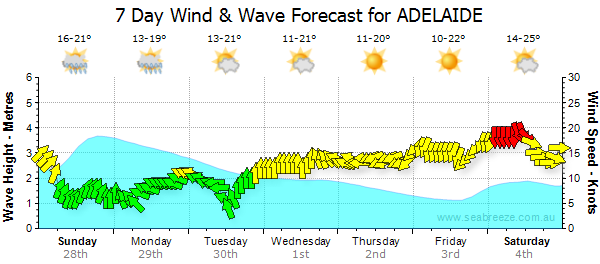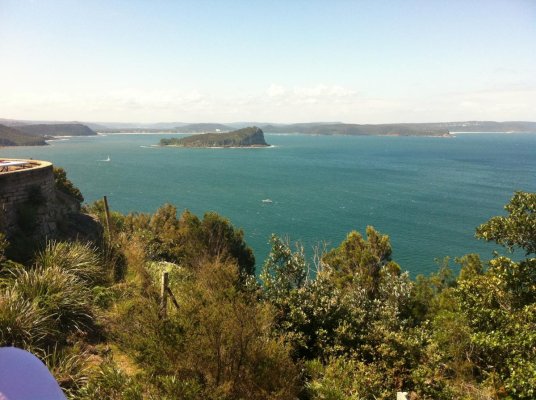RED
Senior Member
- Joined
- Jun 28, 2008
- Messages
- 182
So, what is your criteria for going to sea? For me, getting to the cruising grounds of Canada involves a 100 mile run down the Columbia, stopover in Astoria, crossing the Columbia River Bar, 130 miles up the coast, past Tatoosh Is, 60 miles up the Straits of Juan de Fuca to Anacortes for fuel, then another 20 across to Canada. Trying to avoid lay days I try to look for a good 3-4 day window.
My basic strategy is to cross the bar during a new moon (less tidal exchange) going out at high slack current, coming back on return trip at low slack current, ideally a sea state of 4&2 ( swell and wind waves) wind of 10-15. It's supposed to be pleasure boating after all! Unfortunately I'm still looking for one of those days of real calm, which happens infrequently off this coast, and at 70, I'm not as inclined to be macho as I used to be.
So the question becomes, at what point do you delay. Last year for example, our early morning radio check gave us small craft advisories with winds of 20-25 from the SE, which put them broad on our bow to our beam at times. We had an improving forecast for the Northern coast and the straits, so we decided to go for it, which tested our comfort level. Buried the bow a few times and a couple of nasty snap rolls until we could begin to make a turn north, had an uncomfortable ride that day and commented that we would definitely not want to run south into those conditions. Had a good crew, and the weather did improve once we turned the corner into the Straits so we made the trip OK.
Coming back, we had dead calm at Tatoosh with a nice sunset, but within about an hour we had a wind front develop with about 1/4 mile vis in fog for the overnight trip, so the sea state with no real set to it had us banging into an uncomfortable overnight. I've decided to avoid overnighting on the coast, although I have a full suite of electronics, and running outside the 30 fathom puts us close to the tow boat lanes and out of the crab pots, but there are now reports of tsunami debris beginning to appear (things that go bump in the night!).
So any thoughts on what keeps you in port?
My basic strategy is to cross the bar during a new moon (less tidal exchange) going out at high slack current, coming back on return trip at low slack current, ideally a sea state of 4&2 ( swell and wind waves) wind of 10-15. It's supposed to be pleasure boating after all! Unfortunately I'm still looking for one of those days of real calm, which happens infrequently off this coast, and at 70, I'm not as inclined to be macho as I used to be.
So the question becomes, at what point do you delay. Last year for example, our early morning radio check gave us small craft advisories with winds of 20-25 from the SE, which put them broad on our bow to our beam at times. We had an improving forecast for the Northern coast and the straits, so we decided to go for it, which tested our comfort level. Buried the bow a few times and a couple of nasty snap rolls until we could begin to make a turn north, had an uncomfortable ride that day and commented that we would definitely not want to run south into those conditions. Had a good crew, and the weather did improve once we turned the corner into the Straits so we made the trip OK.
Coming back, we had dead calm at Tatoosh with a nice sunset, but within about an hour we had a wind front develop with about 1/4 mile vis in fog for the overnight trip, so the sea state with no real set to it had us banging into an uncomfortable overnight. I've decided to avoid overnighting on the coast, although I have a full suite of electronics, and running outside the 30 fathom puts us close to the tow boat lanes and out of the crab pots, but there are now reports of tsunami debris beginning to appear (things that go bump in the night!).
So any thoughts on what keeps you in port?


